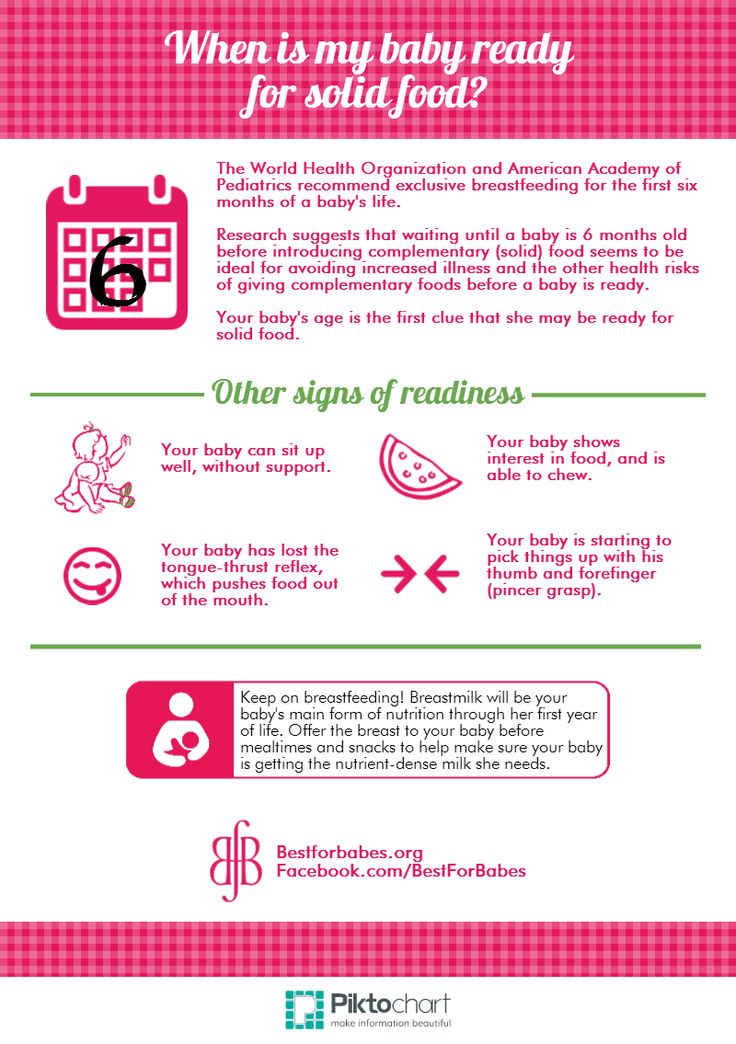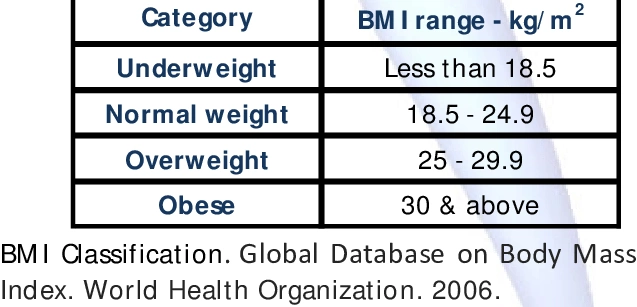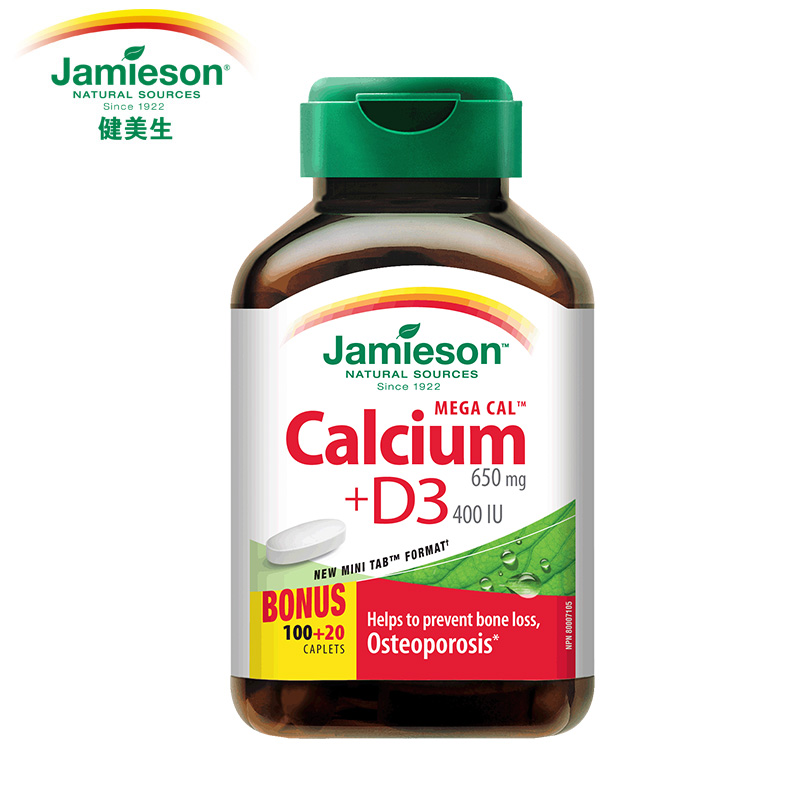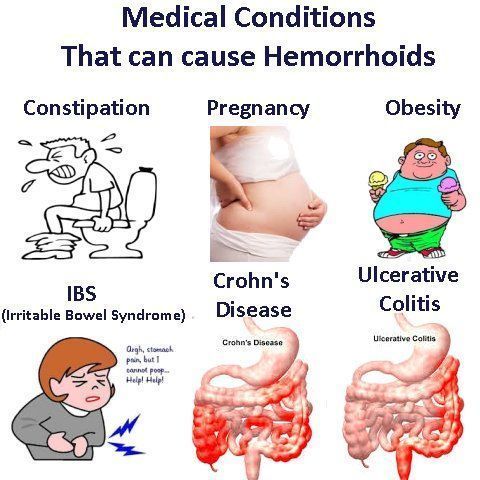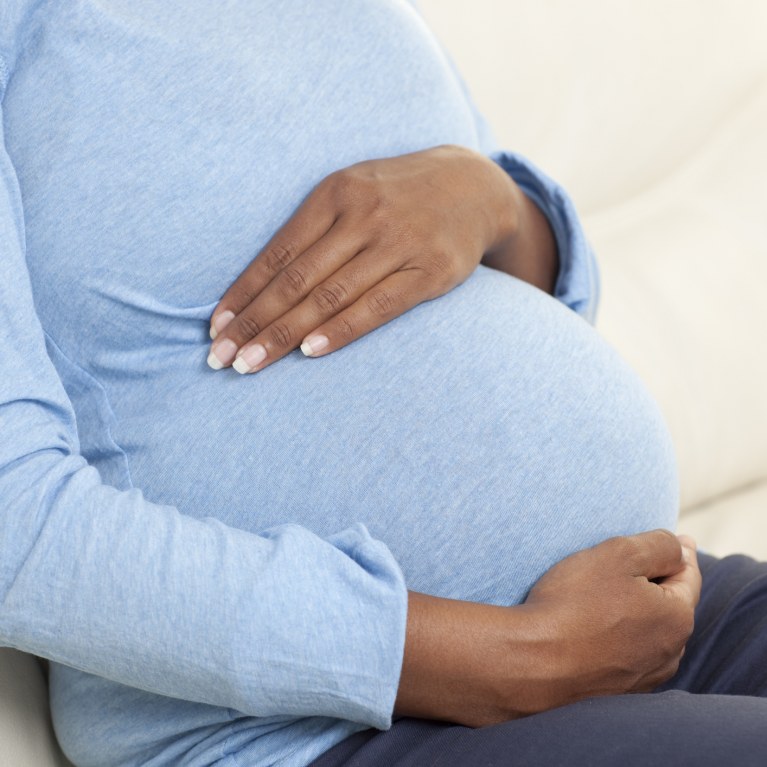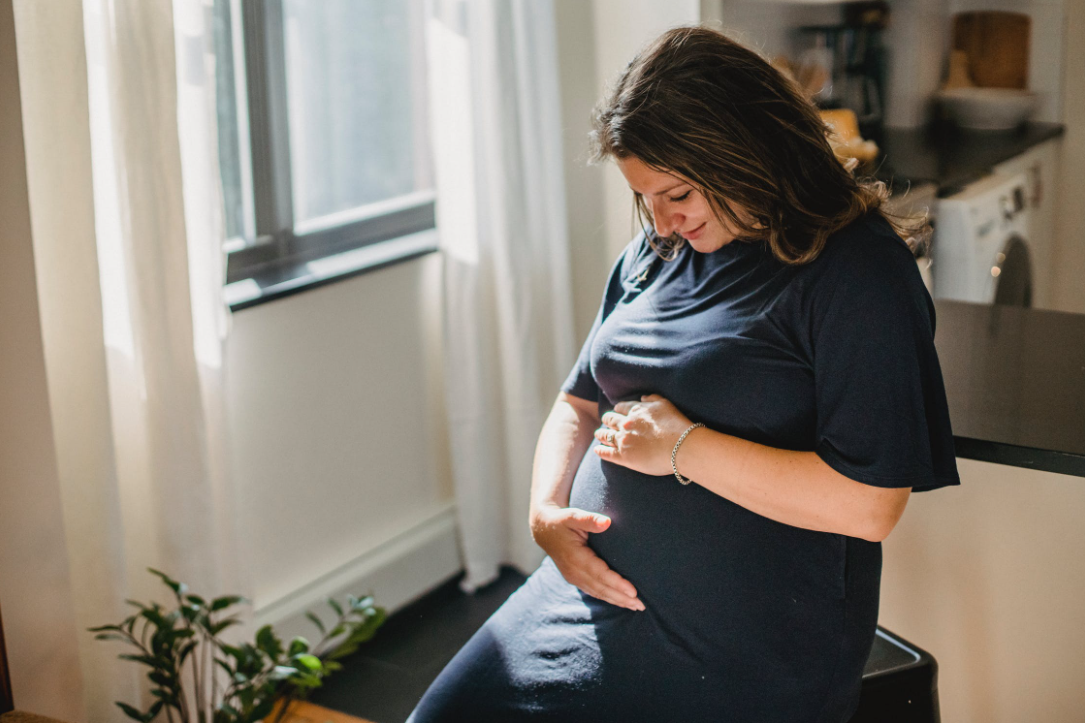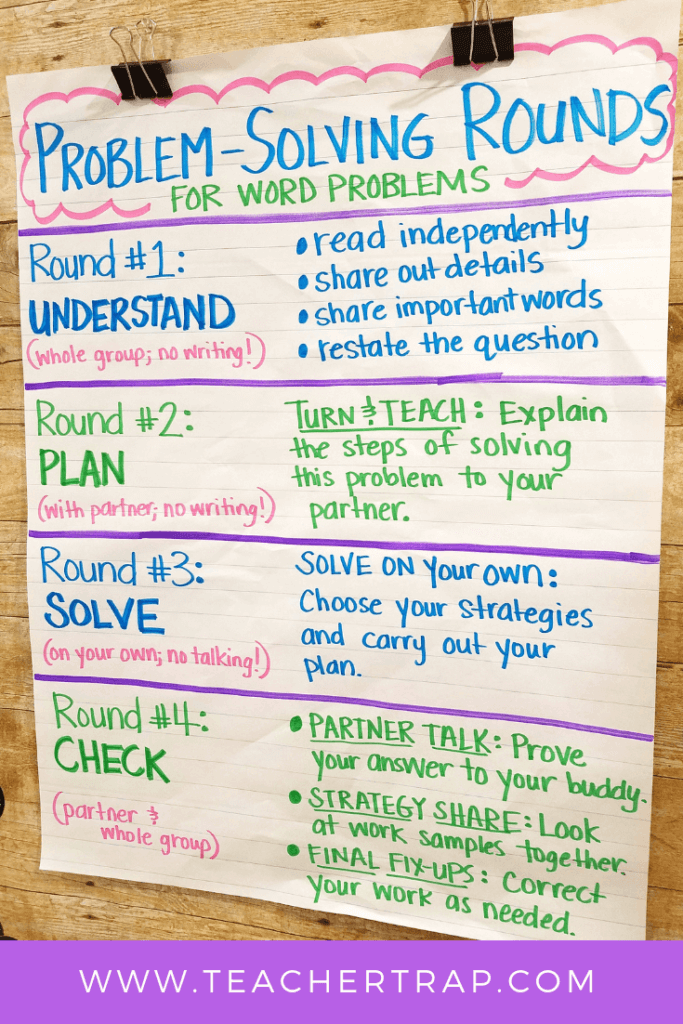My baby week 5
You and your baby at 5 weeks pregnant
Your baby at 5 weeks
Your baby's nervous system is already developing, and the foundations for its major organs are in place. At this stage, the embryo is around 2mm long.
The heart is forming as a simple tube-like structure. Your baby already has some of its own blood vessels and blood begins to circulate.
A string of these blood vessels connects you to your baby and will become the umbilical cord.
At the same time, the embryo's outer layer of cells develops a groove and folds to form a hollow tube called the neural tube. This will become your baby's brain and spinal cord.
Defects in one end (the "tail end") of the neural tube lead to spina bifida. Defects in the "head end" lead to anencephaly, when the bones of the skull do not form properly.
Folic acid prevents spina bifida. You should start taking it as soon as you find out you're pregnant (even before you get pregnant, if possible).
You at 5 weeks
This is the time of the first missed period, when most women are only just beginning to think they may be pregnant.
Find out what to expect on your NHS pregnancy journey.
Antenatal care (also called pregnancy or maternity care) is the care you get from midwives and doctors during your pregnancy to make sure you and your baby are as well as possible.
Contact your GP surgery or your preferred maternity service promptly once you know you're pregnant, so you start getting care at the right time. They'll arrange your first midwife appointment.
Starting your maternity care early in pregnancy is important if you have a health condition that may affect your pregnancy, such as heart or lung conditions, epilepsy, mental health problems, diabetes or asthma.
Your doctor or midwife will be able to advise you if you're taking medicines for your condition while you're pregnant, and provide the specialist care you and your baby need.
Do not stop taking any prescribed medicine without checking with your doctor or midwife first.
Things to think about
- You're advised to take 400 micrograms of folic acid a day while you're trying to get pregnant and until the 12th week of pregnancy.
- Stopping smoking is one of the best things you can do for your baby's health. Sign up for 28 days of free quitting advice and tips to your inbox.
- Avoid some foods in pregnancy to protect against infections.
- You can save a to-do list to keep track of things to do, such as taking folic acid and getting free dental care.

- Talk to your midwife, doctor or pharmacist before taking any medicines, or any herbal or homeopathic remedies.
Start4Life has more about you and your baby at 5 weeks of pregnancy
You can sign up for Start4Life's weekly emails for expert advice, videos and tips on pregnancy, birth and beyond.
Video: Is the pregnancy test accurate?
In this video, a midwife explains when you can take a pregnancy test and how to do it properly.
Media last reviewed: 5 February 2020
Media review due: 5 February 2023
Page last reviewed: 12 October 2021
Next review due: 12 October 2024
5 Weeks Pregnant | Pregnancy
When you're pregnant, you have lots of questions. Our week-by-week pregnancy guide is packed with lots of useful information. From what's happening inside your body, to how your baby is developing, and tips and advice on having a healthy pregnancy – this is your one-stop pregnancy guide!
- 1st trimester
- 2nd trimester
- 3rd trimester
Our week-by-week pregnancy guide is full of essential information. From early pregnancy symptoms to how your baby is growing and developing, you' ll find it all here.
From early pregnancy symptoms to how your baby is growing and developing, you' ll find it all here.
- Week 4
- Week 5
- Week 6
- Week 7
- Week 8
- Week 9
- Week 10
- Week 11
- Week 12
To the outside world, you'll look much the same as usual – but on the inside, some amazing things are happening.
What's happening in my body?
Your baby's nervous system is developing, and the brain and spinal cord are taking shape. The tiny heart is starting to form and will beat for the first time around now.
Many women realise that they're pregnant around week 5. You might notice that your period is late, and you may feel a bit under the weather. If you're wondering when to take a pregnancy test, now is a good time as they are sensitive to changes in your urine from week 3 or 4 onwards.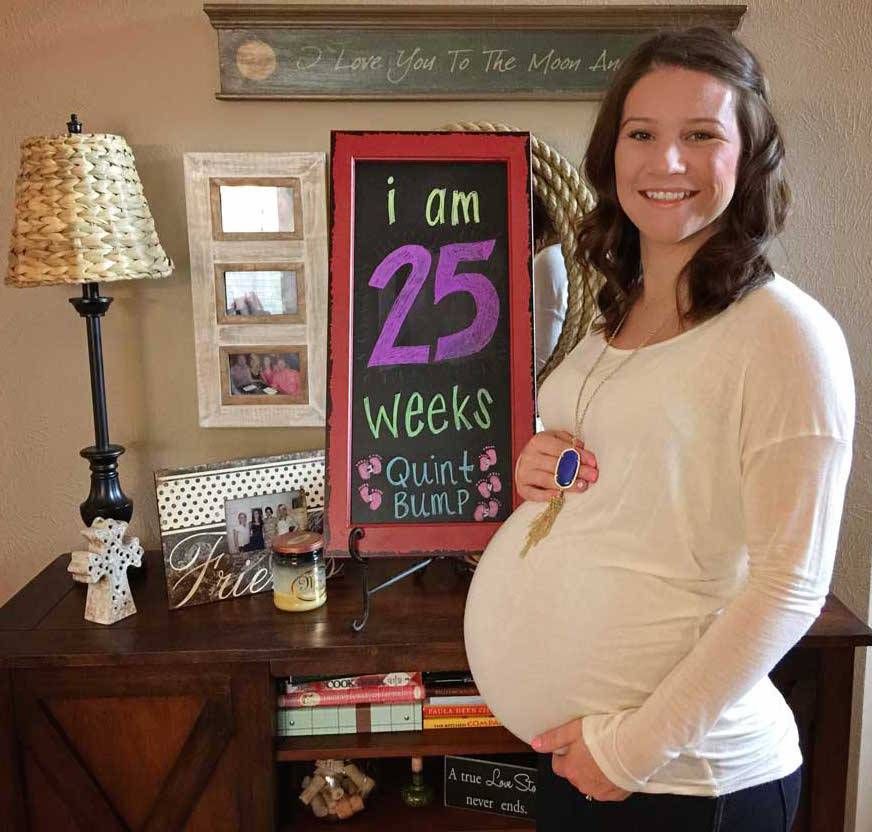
Finding out that you are pregnant can be exciting, but it's normal to have worries too. More than 1 in 10 mums feel anxious during pregnancy. Try not to keep your worries to yourself – talk to your midwife or doctor. You could also try doing some relaxing breathing exercises.
Food cravings
Are you getting food cravings? Some people do, some don't. Pregnancy cravings are caused by hormonal changes affecting your senses of taste and smell. Try to eat a balanced healthy diet. If you have any unusual cravings, like wanting to eat dirt, talk to your midwife or doctor, as you may have a condition called pica which is caused by a lack of iron.
Early pregnancy symptoms (at 5 weeks)
It's still early days, and many women won't know they're pregnant at 5 weeks. Not everyone has regular menstrual cycles, so you may not realise that your period is late. You might notice some light bleeding, and think it's your period, but it can also be a sign of implantation bleeding (when an embryo attaches to the lining of the womb).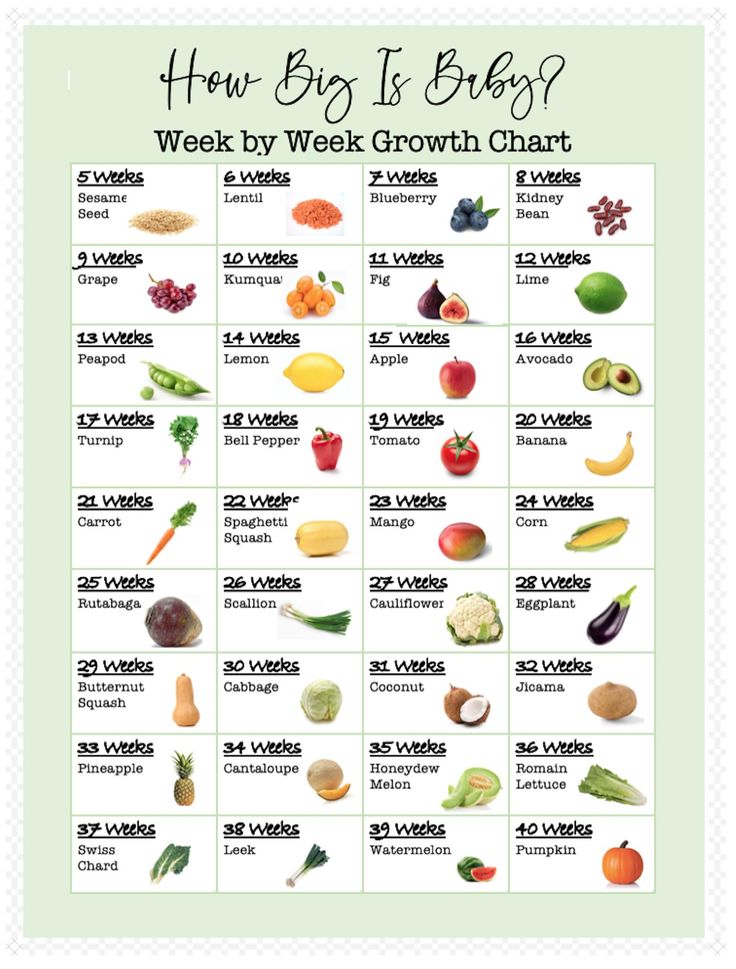
In the 1st trimester, many women feel extreme tiredness. Other early signs of pregnancy can include:
- a metallic taste in your mouth
- sore breasts
- nausea - also known as "morning sickness", although you can experience it at any time (read about morning sickness in week 6)
- mood swings (week 8's page has information on mood swings)
- new food likes and dislikes
- a heightened sense of smell
- needing to pee more frequently
- a milky white pregnancy discharge from your vagina
- light spotting (see your doctor if you get bleeding in pregnancy)
- cramping, a bit like period pains
- darkened skin on your face or brown patches – this is known as chloasma faciei or the "mask of pregnancy"
- thicker and shinier hair
- bloating (read about bloating on week 16's page)
Read Tommy's guide to common pregnancy symptoms.
What does my baby look like?
Your baby, or embryo, is around 2mm long (about the size of a sesame seed). The face is starting to take shape, with a tiny nose and little eyes which stay closed until around 28 weeks. Your baby's brain and spinal cord are forming rapidly inside you.
The face is starting to take shape, with a tiny nose and little eyes which stay closed until around 28 weeks. Your baby's brain and spinal cord are forming rapidly inside you.
Your baby already has some of its own blood vessels and a string of them will make up the umbilical cord. This cord delivers everything it needs from the placenta. The placenta, which is being created now, will give your baby nutrients and oxygen, while removing waste products.
Action stations
The advice for week 5 is the same as for week 4 - basically keep up the good work looking after yourself!
In particular:
Share the news with your GP or ask for an appointment with a midwife at your doctors' surgery. Alternatively you can refer yourself to your local hospital – look for contact details on their website.
You'll need to arrange a booking appointment. This usually takes place between weeks 8 and 12 and takes around an hour. You can talk about the options for your pregnancy and the birth. You will also be offered screening tests for infectious diseases and conditions such as Down's syndrome. Now is a good time to ask about the Maternity Transformation Programme and how it could benefit you.
You will also be offered screening tests for infectious diseases and conditions such as Down's syndrome. Now is a good time to ask about the Maternity Transformation Programme and how it could benefit you.
You will be offered your first dating scan at 8 to 14 weeks.
If it's your first pregnancy, you will probably have around 10 appointments and 2 scans in total.
Ask your midwife or doctor about online antenatal classes – they may be able to recommend one. The charity Tommy's has lots of useful information on antenatal classes and preparing you for birth.
Antenatal classes will give you the chance to meet other people and prepare you for parenthood. The NCT offers online antenatal classes with small groups of people that live locally to you.
Take prenatal vitamins. You're advised to take 400 micrograms of folic acid, every day, until at least week 12. This helps your baby's nervous system to form and offers some protection from conditions such as spina bifida.
To keep bones and muscles healthy, we need vitamin D. From late March/early April to the end of September, most people make enough vitamin D from sunlight on their skin. However, between October and early March, consider taking a daily vitamin D supplement because we cannot make enough from sunlight.
Some people should take a vitamin D supplement all year round, find out if this applies to you on the NHS website. You just need 10 micrograms (it's the same for grown-ups and kids). Check if you're entitled to free vitamins.
Do you think you or your partner could have a sexually transmitted infection (STI)? If so, get it checked out, as this could affect your baby's development. Talk to your midwife or GP, or visit a sexual health clinic.
It's recommended that you do 150 minutes of exercise a week while pregnant. You could start off with just 10 minutes of daily exercise - perhaps take a brisk walk outside. Check out Sport England's #StayInWorkOut online exercises (scroll to the pregnancy section).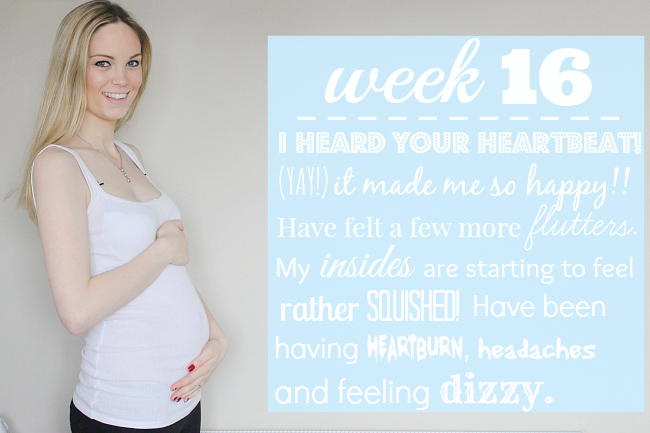 Listen to your body and do what feels right for you.
Listen to your body and do what feels right for you.
There's no need to eat for 2. If you pile on the pounds, you could put you and your baby at risk of health problems such as high blood pressure. Eat healthily, with plenty of fresh fruit and veg, and avoid processed, fatty and salty foods. You may be able to get free milk, fruit and veg through the Healthy Start scheme.
If you have a long-term health condition, then let your specialist or GP know that you're pregnant as soon as possible. Don't stop taking any regular medication without discussing it first with your doctor.
How are you today? If you're feeling anxious or low, then talk to your midwife or doctor who can point you in the right direction to get all the support that you need.
You could also discuss your worries with your partner, friends and family. You may be worried about your relationship, or money, or having somewhere permanent to live. Don't keep it to yourself. It's important to ask for help if you need it.
You and your family should follow the government and NHS guidance on coronavirus (COVID-19):
To find out about about COVID-19 and pregnancy, childbirth and breastfeeding, have a look at advice on the:
Go back to week 4
Go to week 6
From the end of the 5th week of pregnancy, the heart of the embryo begins to beat, from the 26th week of pregnancy, the fetus learns to open its eyes - how does the baby grow during 9 months?
Maintaining a healthy lifestyle, adequate nutrition and good hygiene are most important for the health of the pregnant woman and the proper development of the fetus.
Any mother's emotions are transferred to the baby, which is in the stomach.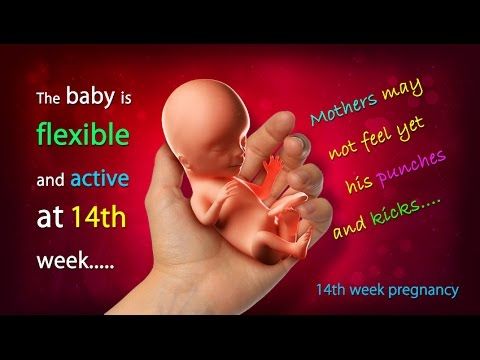 Symptoms caused by pregnancy, such as vomiting, nausea, heartburn, mood changes, can sometimes cause discomfort for the expectant mother, but with the right approach, it is quite possible to cope with this minor problem.
Symptoms caused by pregnancy, such as vomiting, nausea, heartburn, mood changes, can sometimes cause discomfort for the expectant mother, but with the right approach, it is quite possible to cope with this minor problem.
Pregnancy lasts 38-40 weeks from the first day of the last menstrual period.
The fertilized egg goes to the uterus (fallopian) tubes, it begins to divide, first into two, then into 4-8 cells and blastocytes are formed (more than 100 cells of a fertilized egg).
5-7 days after fertilization, blastocytes attach to the wall of the uterus. This process is called implantation. Then the growth and development of the fertilized egg, i.e. the embryo, begins.
After implantation, the formation of the placenta and umbilical cord begins, which provides oxygen and nutrients to the fetus. The embryo is located in the amniotic membrane filled with fluid, which has a protective function.
What does my baby look like, how big is it, how has it changed this week? This is a small list of questions that parents are always interested in.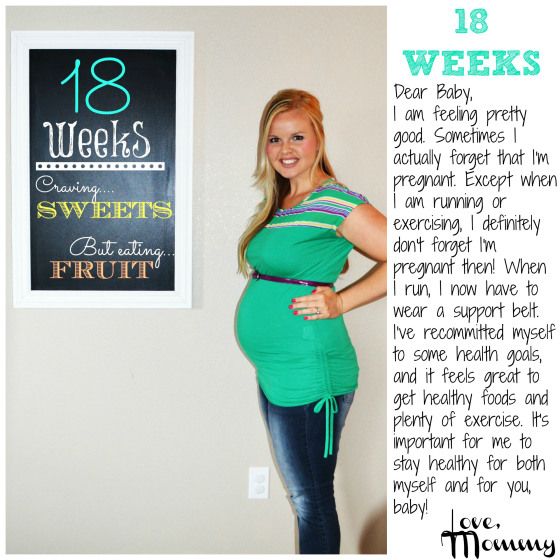
That is why we decided to provide information on how the fetus develops over the course of 9months.
Obstetrician-gynecologist Tatiya Tskhomelidze, the head of the department of antenatal care at the clinic of the National Center for Surgery "New Life", talked to us on this important topic.
"In the first month, the spinal cord and nerves begin to form, at the end of the 6th week the embryo has a head and body. By the end of the 5th week, the embryo consists of 3 layers. The outer layer forms the brain, nerves and skin, the middle layer - bones , muscular system, blood vessels, heart and reproductive organs, from the inner layer - the stomach, intestines, lungs and urinary system," says Ms. Tatiya.
This is how your baby grows for 9 months!
First 2 months (weeks 1-8):
. The spinal cord and nerves begin to form in the first month, so it is very important to take folic acid before 13 weeks of pregnancy;
.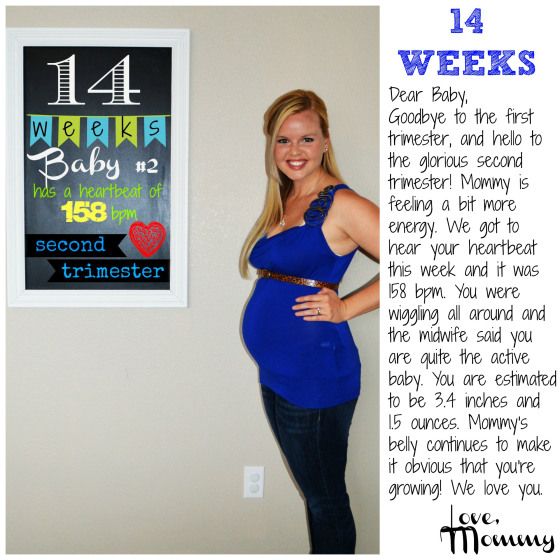 The first 2 months are especially critical for the development of the fetus.
The first 2 months are especially critical for the development of the fetus.
. Various environmental factors, medications and viruses can cause birth defects, so consult a doctor in a timely manner;
. At the end of the 6th week, the embryo has a head and a body;
. \u003d In the second month, the embryo grows very quickly and by the end of the second month, the main organs and systems begin to develop;
. By week 7 after fertilization, the size of the embryo is 13 mm;
Third month (weeks 9-13):
. The length of your baby is 63-76 mm, weight 28 grams;
. 20 inclusions are formed in the oral cavity;
. Fine hair develops on the baby's skin;
. On the fingers and toes, a place for the nail plate begins to form;
. The arms of the fetus are more developed than the legs;
. The fetal heart consists of 4 chambers;
. The fetal heart rate is 120-160 beats/min;
Fourth month (weeks 14-17):
.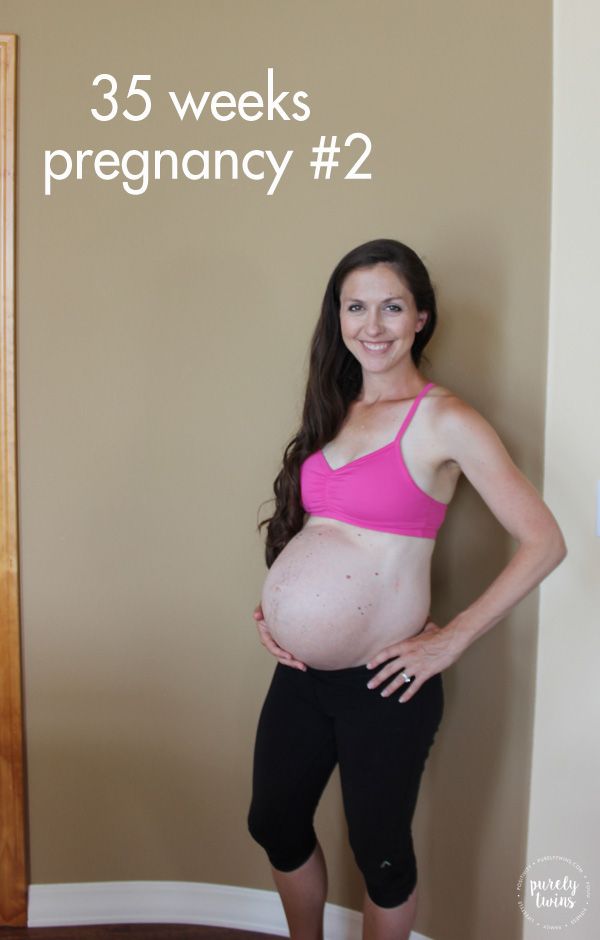 Your baby's length is 10-17 cm;
Your baby's length is 10-17 cm;
. The child is already moving and has the ability to swallow;
. Has the ability to put his thumb in his mouth;
. Has a sucking reflex
. Can change facial expressions;
. By 15 weeks, the fetus is similar in size to a medium-sized apple;
What changes does the mother experience at the end of the fourth month?
This is the month when a woman begins to "feel pregnant".
You may feel small jolts in the lower abdomen, this is fetal movement.
For those who have this first pregnancy, they may feel a stir at a later date.
Your belly is already visible, and it's time to update your wardrobe - wear maternity clothes.
At this time, nausea, vomiting, chest tension decrease, although skin pigmentation may change, appetite and feeling of lack of air increase.
Pregnancy is different for every woman and every pregnant woman is different, so you may or may not have any of the above symptoms.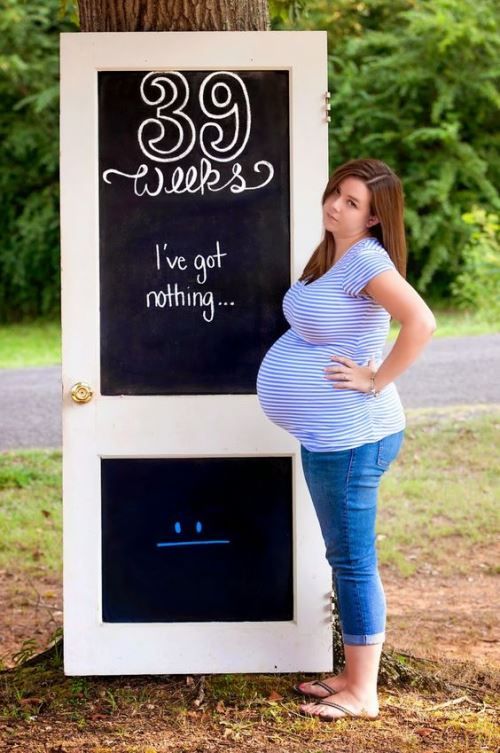
Weight gain of 5-7 kg during this period is quite possible.
Fifth month (18-21 weeks):
. Fruit length 25 cm and weight 226-450 grams;
. The kid is more active;
. Waking up and going to sleep at regular intervals;
. During this month, your baby is growing rapidly;
. The arms and legs are already in proportion to the body;
. There is a full development of internal organs;
What changes does the mother experience to end at fifth month?
. There may be whitish vaginal discharge;
. Bleeding gums;
. Discomfort in the lower abdomen;
. Constipation, heartburn, bloating;
. leg cramps;
. Cardiopalmus;
. Some pregnant women may experience premature discharge from the mammary glands (colostrum), which is normal;
. The optimal weight gain for this period is 3 kg;
The optimal weight gain for this period is 3 kg;
Sixth month (weeks 22-26):
. Child length 31-35 cm, weight 900 grams;
. By this time, the fetus is almost fully formed;
. The skin of the fetus is wrinkled, subcutaneous fatty tissue develops;
. The fetus is getting better at distinguishing voices;
Seventh month (weeks 27-30):
. Child length 38-40 cm, weight 1100-1300 grams;
. The eyelids are separated and the child can open the eyes;
. Responds to light and sounds;
. The brain and nervous system are developing very intensively;
Eighth month (31-35 weeks):
. Child length 45-48 cm, weight 1800-2200 grams;
. Intensive growth of brain tissue continues;
. The fetus is already large enough and moves less;
. On the abdomen, a pregnant woman may feel the elbow or knee of the fetus;
. The bones of the fetal head are soft and mobile, which facilitates its movement through the birth canal;
The bones of the fetal head are soft and mobile, which facilitates its movement through the birth canal;
. It is possible that the lungs by this time are not yet fully formed.
Ninth month (36-40 weeks):
. Fruit length 48-53 cm;
. Babies born at 37-40 weeks are considered newborns at term;
. The lungs are ripe;
. The fetal head is mostly down;
. Comfortably located in the womb, immense happiness is preparing to meet you!
What changes does the mother experience during the last months of pregnancy?
. During this time, fetal pressure on the bladder and frequent urination are most common;
. Sometimes urinary incontinence while laughing, coughing, or sneezing;
. Sleep disturbance is common;
. Frequent is discomfort caused by constipation and lack of air;
. The abdomen is still growing and there is a protrusion of the navel;
Due to the above changes, the woman may experience some discomfort.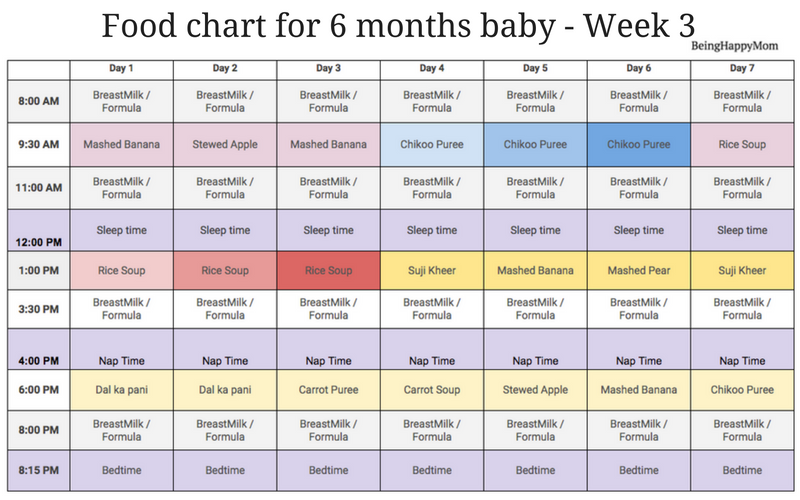 How can we avoid this? Wait for recommendations in the next informational blog or contact the New Life clinic, register with us and meet the birth prepared, in a warm, comfortable and family environment.
How can we avoid this? Wait for recommendations in the next informational blog or contact the New Life clinic, register with us and meet the birth prepared, in a warm, comfortable and family environment.
New Life clinic address: Tbilisi, Digomi, st. Ljubljana №21a.
Telephone help desk of the clinic "New Life" 577 05 99 00
For all questions, for the purpose of consultation, you can contact the obstetrician-gynecologist of the clinic "New Life", Tatiya Tskhomelidze at 577 01 90
We wish you good health!
pregnancy Helpful Hint
Fertility Clinic Patient Pregnancy Calendar
Hello! The problem of infertility was not someone else's for me. We tried to get pregnant for five years, and our hopes collapsed one after another. As a result, we used the services of the infertility treatment clinic, and we ended up with an IVF protocol. My daughter, the happy result of this protocol, will soon be one and a half years old.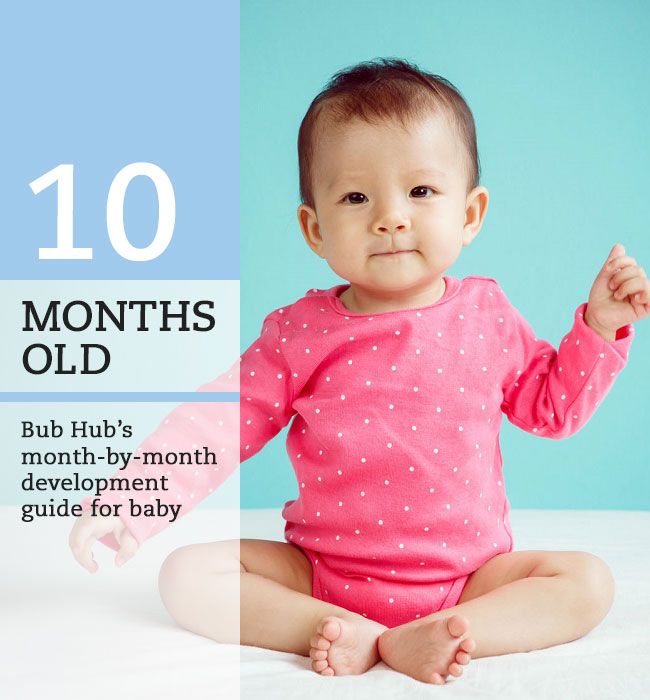 All this time - from the first visit to the doctor and before childbirth, I kept a diary, I keep it now - I write down important moments of our life.
All this time - from the first visit to the doctor and before childbirth, I kept a diary, I keep it now - I write down important moments of our life.
I hope that my daughter will have a brother or sister - already with the help of the cryo-protocol. I know how hard it is to believe that everything will be fine when your life turns into one continuous examination, various procedures and fruitless attempts. However, believe me - EVERYTHING WILL BE OK .
I would be glad if you find support and useful information in my diary
|
| Today I found out that I'm pregnant... I'm writing, but I can't believe it myself! It's amazing how much I didn't know about pregnancy! It turns out that on the 1st and 2nd week of the pregnancy calendar, the woman is not actually pregnant yet. |
| 3 weeks | This is the optimal period for conception. The sperm is resorbed in the egg and its nucleus is reunited with the chromosome of the egg. A few days after fertilization, a blastocyst is attached to the upper part of the internal cavity of the uterus, from the side of the ovary. It is a hollow, fluid-filled germinal vesicle, a cluster of cells. My doctor said that after artificial insemination my baby develops in the same way as with conventional conception. |
| 4 weeks | I developed unexplained irritability, fatigue, swollen mammary glands. The doctor said: “So the corpus luteum in your ovary is working tirelessly!”. By the way, it is on the fourth week that a new hormone appears in a woman's body - chorionic gonadotropin, or hCG. During this period, the fertilized egg begins to turn into an embryo. It resembles a flat disk made up of layers. At this time, extra-embryonic organs are actively developing, providing nutrition, respiration, biochemical support and comprehensive protection of the baby. |
| Week 5 | Now my baby looks more like a cute cylinder 1.5 - 2.5 mm long. The laying of his heart begins (along with the laying of the upper respiratory tract - the larynx and trachea). |
| Week 6 | At this stage, the neural tube of the embryo has already been covered with tissue. At its end, the brain begins to form, the heart begins to beat, the rudiments of arms and legs appear. The length from the crown to the sacrum is 2-4 mm. The volume of amniotic fluid is 2-3 ml. To those changes in well-being that appeared last week, new ones were added: headaches, frequent urination, drowsiness, decreased appetite, nausea and even vomiting. |
| 7 week | Already on the seventh week, the brain develops intensively, the digestive tract begins to form, the rectum is present. |
| 8 week | Now, at eight weeks old, my baby is already making his first spontaneous movements. His ears, nose and upper lip begin to emerge. Hands and fingers are clearly visible. The formation of the heart is completed - the partitions between its departments are being improved. Ultrasound performed at the end of the eighth week would have made it possible to distinguish between the head and pelvic ends of the embryo. The length from the crown to the sacrum is approximately 14-20 mm. Weight - about 3 g. At the eighth week, my uterus begins to increase, but it is not noticeable yet. |
| 9 week | The ninth week has gone: the “back” of the embryo will begin to straighten, and the tail will “dry out”. There is an intensive development of the brain. This week begins the formation of the cerebellum (the part of the brain that provides coordination of movements). The length from the crown to the sacrum is approximately 22-30 mm. Weight - about 4 g. I still have increased fatigue, nausea, and sometimes dizziness. |
| 10 week | The final week of the embryo stage has arrived - the tenth! The general parameters of the body have already been laid down. And by the end of the week, it can be officially called a fetus. My baby is already able to move involuntarily. The length from the crown to the sacrum is approximately 31-42 mm. It is the size of a small plum. |
| Week 11 | Growing up! It is from the eleventh to the twentieth week of pregnancy that my baby will develop rapidly. Inside a small organism, internal organs develop, genitals are revealed, the formation of the sternum is completed, fingers and toes continue to develop. At this stage, the liver is one tenth of the baby's weight. The kidneys begin to work, producing urine. The length from the crown to the sacrum is approximately 44-60 mm. The baby is about the size of an apricot. Weight - about 8 g. The doctor explained to me that during this period my body burns calories faster than before pregnancy. The volume of circulating blood also increases. Therefore, I feel internal heat, drink a lot of fluids and sweat profusely ... |
| 12 week | At the twelfth week, all the systems of my baby's body have already formed, it remains for them to grow and develop. |
| Week 13 | The most important event of this week of my baby's development is the beginning of his rapid growth, which will end by the 22nd week of fetal development. By this period, the fetus has formed all twenty milk teeth. The tissue begins to be laid, from which the bones of the child will be formed, a pair of ribs is outlined, the nose and chin emerge more clearly. The length from the crown to the sacrum is 65-78 mm. The baby is the size of a peach. Weight - about 14-20 g. |
| Week 14 | At the fourteenth week, my baby's face continues to take shape: the bridge of the nose, cheeks and ears are drawn. The eyes are no longer so widely spaced. Lanugo appears - an embryonic fluff that performs a protective function. In a boy, a prostate appears during this period, and in girls, the ovaries descend from the abdominal cavity to the hip region. |
| Week 15 | My baby's rapid growth continues. The skin is still very thin, and the color is closer to red than to pink. A few fine hairs mark the eyebrows, hair on the head and on the body breaks through. The arms bend at the elbows and wrists, clenched into tiny fists. The length from the crown to the sacrum is 93-103 mm. Baby the size of a mango. Weight - about 50 g. The turning point has come! I feel great! Nausea is completely gone, but the stomach still does not interfere. You can feel the uterus - it is located 7-10 cm below the navel. And in a week or two, I can already feel the movements of my baby. |
| Week 16 | Our family has another reason to celebrate - we have sixteen weeks! Another important period has passed. My baby is now holding his head straight. |
| Week 17 | Yes... Pregnancy can't be hidden any more - my tummy more and more betrays our future status. Now the placenta is already fully formed, with a dense network of blood vessels through which nutrients enter and waste products are ejected. The baby learns to respond to loud noises that occur nearby. The length from the crown of the head to the sacrum is 11-12 cm. The weight is about 100 g. The doctor warned: if you suddenly experience discomfort, or even pain, you should not be afraid: the uterus grows and, as it grows, presses on the internal organs, shifting them upwards, and to the sides. |
| Week 18 | My baby is growing and I am getting bigger. The strengthening of the bones of the fetus continues, the facial features are becoming clearer every day, the phalanges of the fingers and toes are formed, and a pattern has already appeared on them, which ensures the uniqueness of the fingerprints. My baby is already beginning to perceive the outside world and makes itself felt by pushing his leg into the stomach. The length from the crown to the sacrum is 12.5-14 cm. The baby is the size of a large grapefruit. Weight - about 150 g. At the eighteenth week, sleep and rest gives me some inconvenience, as my uterus continues to grow and requires more and more space in the abdominal cavity. |
| Week 19 | Soon the middle of pregnancy... And now the development and growth of the brain continues, the limbs already have proportional sizes, the growth of the child slows down a little, the formation of fat begins, the most important source of heat for the newborn - at the base of the neck, behind the chest, around the kidneys. |
| Week 20 | At 20 weeks my baby is a tiny human with hair on his head and tiny nails on his fingers and toes. He yawns, sucks his thumb, plays with the umbilical cord, somersaults. This week his skin thickens, becomes four layers. The length from the crown to the sacrum is 14-16 cm. The baby is the size of a small melon. Weight - about 260 g. Half of the pregnancy is over ... |
| 21 weeks | At the twenty-first week, my baby's blood count is already quite high in red blood cells. |
| Week 22 | I can call this period comfortable. Now my baby continues to grow and prepare itself for life outside the womb. This week, his eyebrows are better defined, the hair on his head continues to grow. Perception is improving every day. The length from the crown to the sacrum is about 19 cm. The baby is the size of a corncob. Weight - about 350 g. My health will continue to be good. The stomach has increased, but not enough to greatly interfere. |
| Week 23 | My baby continues to change and becomes more and more like a newborn. His body is rounded, the fluff with which he is covered darkens. The child is becoming more and more active. The length from the crown to the sacrum is about 20 cm. My baby is the size of a large eggplant. Weight - about 450 g. The uterus has risen almost 4 cm above the navel, its height above the pubic symphysis is 23 cm. Weight gain is from 5 to 7 kg. |
| Week 24 | My little one has already gained almost 735 g and is 31.2 cm tall. He now looks very much like a newborn, although he is still very small. His nervous system is developing rapidly. The volume of the brain gradually increases. This week is the beginning of the child's viability, that is, his ability to live independently. |
| Week 25 | My baby is growing and developing. It already weighs 844 g, and its length is 32.5. Intensive strengthening of the bone-articular system continues, right now it will be determined whether it will be right-handed or left-handed. There is a fingerprint pattern on his fingers. And he has formed his own special mode of sleep and wakefulness. My body continues to tirelessly prepare for a meeting with the baby: the breast becomes more elastic, and the mammary glands began to secrete colostrum, a substance similar in composition to breast milk. The uterus has grown a little more, this is especially noticeable when viewed from the side. |
| Week 26 | At this time, my baby gradually begins to open his eyes. He even developed taste buds. Therefore, at this stage of pregnancy, he already shows a love for sweets. Now the child hears everything that happens inside and around. The length from the crown to the sacrum is about 40 cm. The baby is the size of an average watermelon. Weight - about 970 g. At 26 weeks I continue to have headaches, leg cramps, back and pelvic pain. The tremors become more and more sharp and also give pain under the ribs. It can be relieved by lying on your side. |
| Week 27 | At this stage, my baby has all the main organ systems working, although they still have to develop. The brain has been growing rapidly in the last three months. The skin looks very wrinkled due to constant exposure to the aquatic environment. |
| Week 28 | At 28 weeks my baby is already opening his eyes. The final color of the eyes will be established a few months after birth. They are framed by thin short cilia. The length from the crown to the sacrum is about 25 cm. Weight is approximately 1100 g. The uterus grows and is already high above the navel - approximately 8.5-9cm, and from the symphysis - by almost 30 cm. The weight also increased. From now on, I need to visit my doctor at least once every two weeks. |
| Week 29 | At 29 weeks my baby is busy preparing for birth and extrauterine life. |
| 30 week | At thirtieth week my baby's eyes are already wide open, he reacts to bright light shining through his stomach, he has hair growing, his whole head is covered with them, but the skin is still wrinkled. The child has developed its own rhythm of sleep and wakefulness. He is ready to show maximum agility just when I am trying to fall asleep. The length from the top of the head to the sacrum is about 27 cm. Weight is about 1400 g. The center of gravity of my body continues to move, I watch my posture. The volume of urine has increased, it is harder for the kidneys to perform their function. |
| 31 weeks | At this stage, my baby continues to grow. He has already become plump, blood vessels are no longer visible under the skin, and he has also mastered sucking, his kidneys work well. The length from the top of the head to the sacrum is about 28 cm. Weight is about 1600 g. Now my body produces a special hormone-relaxin. This substance causes weakening of the joints of the pelvic bones. The pelvic ring becomes more extensible. The more pliable it is, the less difficulties for the child during his birth. |
| 32 weeks | My baby already weighs about 1.9 kg. Its length is 42.3 cm. Most of the wrinkles have disappeared from the face. There is a lot of hair on the head. Weight is gained incredibly quickly. |
| Week 33 | My baby continues to grow. All fingers and toes cover the grooves - a skin pattern. He still has enough room to move, and he continues to push and roll. However, the space is narrowing, and by the end of the week somersaults will end. The baby sleeps a lot. Waking up, he begins to listen to sounds and to his feelings. The length from the top of the head to the sacrum is about 43.6 cm. Weight is about 2000 g. Now the weight is growing much faster than in the early stages of pregnancy. I find it increasingly difficult to find a comfortable sleeping position, and I dream that when I give birth, I will sleep only on my stomach. |
| 34 weeks | My chubby baby weighs almost 2248g. He is 44.5 cm tall. This week his skin has become smoother and rosier due to the fact that white energy-dense fat already makes up 8% of his weight. From this, the hair on the child's head became much thicker. He has almost shed the germinal fluff. My body continues to prepare for childbirth. Uterine contractions begin to differ somewhat from those that used to be. Braxton Hicks contractions become more regular. |
| 35 week | Soon my baby will start to descend. The walls of the water room begin to confuse him. This week, the baby's nails have already grown to the very edge of the fingers. Therefore, there may be scratches on the face that the baby received while in the womb. Starting this week, he will gain approximately 220 grams weekly. |
| 36 week | At this stage, my baby has chubby cheeks and a body to match. He is preparing for feeding and therefore sucks his fingers all the time. The skull is still quite soft. Now the baby begins to actively prepare for birth. Length from crown to sacrum - about 47 cm. Weight - about 2750 g. From this week I should see my doctor weekly. |
| 37 week | Changes continue in my baby's nervous system. A protective sheath is created around the nerves. This process will continue during the first year of life, it allows for better coordination of movements. |
| 38 week | My baby is gaining weight on average about 30 grams per day and continues to intensively prepare for life outside the womb. His height is about 50 cm. Weight - about 3000 g. Only 5% of multiparous mothers walk longer than this period. The first stage of my labor will be vigorous contractions, thinning and stretching the cervix, allowing the fetus to enter the birth canal. The second stage is the exit of the child through the vagina and its birth. The third stage is the separation of the children's place. |
| 39 week | My baby weighs about 3.2 kg. His height is 50.2 cm. All organs and systems have already formed, are in the "right" places and continue to develop. |
| 40 week | My baby is very tired from the darkness. His movements have slowed down - he is preparing for the birth. Now he weighs about 3.5 kg. With a height of 50 cm. He is about the size he will be at birth. Milk teeth are fully formed, although they will appear only 8-10 months after birth. The long-awaited moment of the meeting will come soon. My family and I are already tired of waiting. Now I am worried about only one thing - how the birth will go. I just make sure everything is going to be alright. So it will be. After all, I did everything possible to prepare for childbirth. |
Conclusion
We wish you good tests, good doctors, easy conscious childbirth and healthy children in the near future, so that your female happiness reaches its highest point and does not give up its positions.
 At this stage, the central nervous system actively rebuilds the hormonal background in order to gradually prepare one of the three hundred thousand eggs for fertilization. For a “normal” pregnancy, a new cycle begins within the first two weeks, ovulation occurs and the egg is fertilized. This period is included in the familiar concept of “9months of pregnancy”, since it is then that the prototype of the unborn child is formed.
At this stage, the central nervous system actively rebuilds the hormonal background in order to gradually prepare one of the three hundred thousand eggs for fertilization. For a “normal” pregnancy, a new cycle begins within the first two weeks, ovulation occurs and the egg is fertilized. This period is included in the familiar concept of “9months of pregnancy”, since it is then that the prototype of the unborn child is formed.  The same processes are taking place in my body... now I feel like an ordinary woman, and I am extremely happy!
The same processes are taking place in my body... now I feel like an ordinary woman, and I am extremely happy!  Gradually, blood vessels begin to form. The rudiments of the liver and pancreas appear. The embryo is curved in the shape of the letter "C". In my body, hormonal changes continue, which leads to early toxicosis.
Gradually, blood vessels begin to form. The rudiments of the liver and pancreas appear. The embryo is curved in the shape of the letter "C". In my body, hormonal changes continue, which leads to early toxicosis.  Surprisingly, the rudiments of the face, eyes (iris), mouth, nose appear. You can even make out the tiny nostrils. Now my baby has grown to about 8 mm - he is like a pea. The length from the crown to the sacrum is approximately 5-13 mm. Weight - about 0.8 g. The areolas of my mammary glands have darkened ... This is a common occurrence in my position.
Surprisingly, the rudiments of the face, eyes (iris), mouth, nose appear. You can even make out the tiny nostrils. Now my baby has grown to about 8 mm - he is like a pea. The length from the crown to the sacrum is approximately 5-13 mm. Weight - about 0.8 g. The areolas of my mammary glands have darkened ... This is a common occurrence in my position. 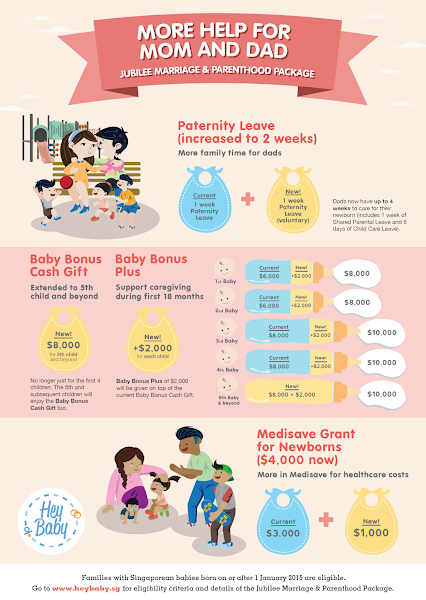
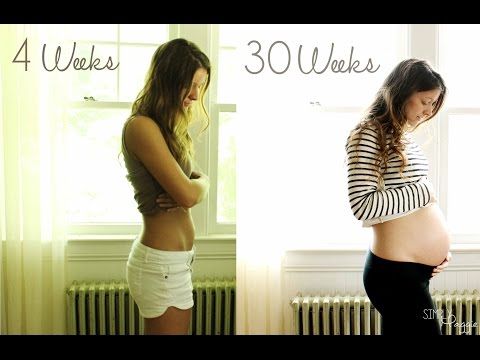 Weight - about 5 g. I have increased excitability and mood swings. This is a consequence of the influence of high levels of hormones in the body.
Weight - about 5 g. I have increased excitability and mood swings. This is a consequence of the influence of high levels of hormones in the body.  The length from the crown to the sacrum is approximately 61 mm. Now it is the size of a large chicken egg. Weight - about 9-13 g. My uterus has increased in width by about 10 cm. It becomes tight in the hip area, and it rises into the abdominal cavity. The state of health is slowly improving: nausea begins to pass, the stomach grows, but it is not too large yet - ordinary clothes are still in time.
The length from the crown to the sacrum is approximately 61 mm. Now it is the size of a large chicken egg. Weight - about 9-13 g. My uterus has increased in width by about 10 cm. It becomes tight in the hip area, and it rises into the abdominal cavity. The state of health is slowly improving: nausea begins to pass, the stomach grows, but it is not too large yet - ordinary clothes are still in time.  The uterus greatly increased, filled the hip area and began to grow upwards. I'm already feeling it in my lower abdomen. My weight has increased and I've started to look for loose-fitting clothes.
The uterus greatly increased, filled the hip area and began to grow upwards. I'm already feeling it in my lower abdomen. My weight has increased and I've started to look for loose-fitting clothes. 
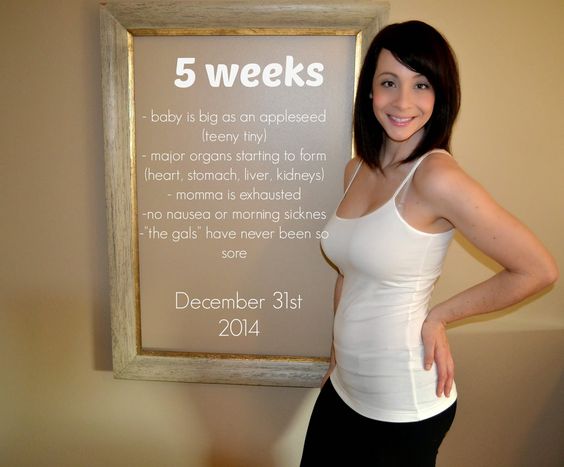 The muscles of his face are formed, so he begins to grimace, winks involuntarily, opens and closes his mouth, frowns. Improves hand-leg coordination. The length from the crown to the sacrum is 108-116 mm. The baby is the size of an orange. Weight - about 80 g. At this stage, my uterus continues to expand, giving space to the fetus growing in the placenta.
The muscles of his face are formed, so he begins to grimace, winks involuntarily, opens and closes his mouth, frowns. Improves hand-leg coordination. The length from the crown to the sacrum is 108-116 mm. The baby is the size of an orange. Weight - about 80 g. At this stage, my uterus continues to expand, giving space to the fetus growing in the placenta. 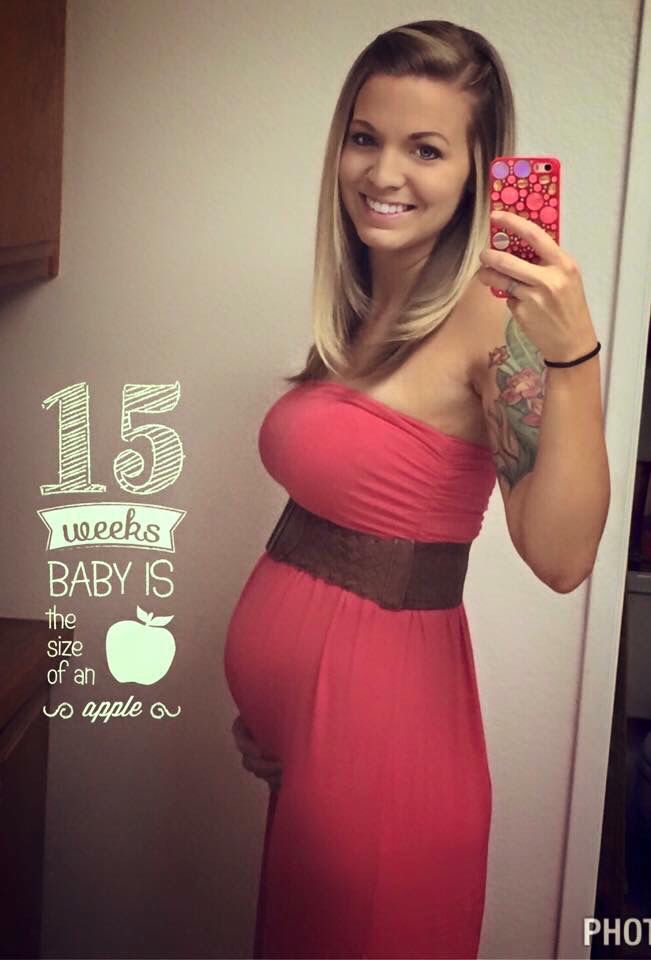
 The child already distinguishes light from darkness. The length from the crown to the sacrum is 13-15 cm. The baby is the size of a small zucchini. Weight - about 200 g. I have already put on quite a lot of weight, my stomach is growing, and often I look for a comfortable position for a very long time to fall asleep.
The child already distinguishes light from darkness. The length from the crown to the sacrum is 13-15 cm. The baby is the size of a small zucchini. Weight - about 200 g. I have already put on quite a lot of weight, my stomach is growing, and often I look for a comfortable position for a very long time to fall asleep. 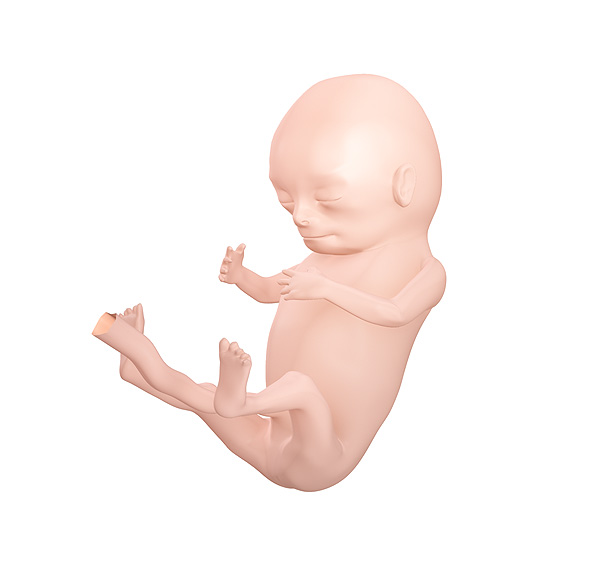 White blood cells are now beginning to be produced, which are responsible for suppressing infections. Taste buds begin to form on the tongue. The length from the crown to the sacrum is about 18 cm. The baby is the size of a large banana. Weight - about 300 g. From now until the thirtieth week, I will intensively gain weight. The uterus has risen and already rises above the navel by about 1 cm. My weight gain was from 6-6.5 kg.
White blood cells are now beginning to be produced, which are responsible for suppressing infections. Taste buds begin to form on the tongue. The length from the crown to the sacrum is about 18 cm. The baby is the size of a large banana. Weight - about 300 g. From now until the thirtieth week, I will intensively gain weight. The uterus has risen and already rises above the navel by about 1 cm. My weight gain was from 6-6.5 kg.  I can easily bend down, sit down, as I feel comfortable, I can easily walk.
I can easily bend down, sit down, as I feel comfortable, I can easily walk.  At this stage, the fetus occupies the entire uterus, so it becomes cramped. Now the child is more and more listening to the outside world. The weight gain is starting to take a toll on my health. There were headaches, problems with the bladder, heaviness in the legs and general fatigue.
At this stage, the fetus occupies the entire uterus, so it becomes cramped. Now the child is more and more listening to the outside world. The weight gain is starting to take a toll on my health. There were headaches, problems with the bladder, heaviness in the legs and general fatigue. 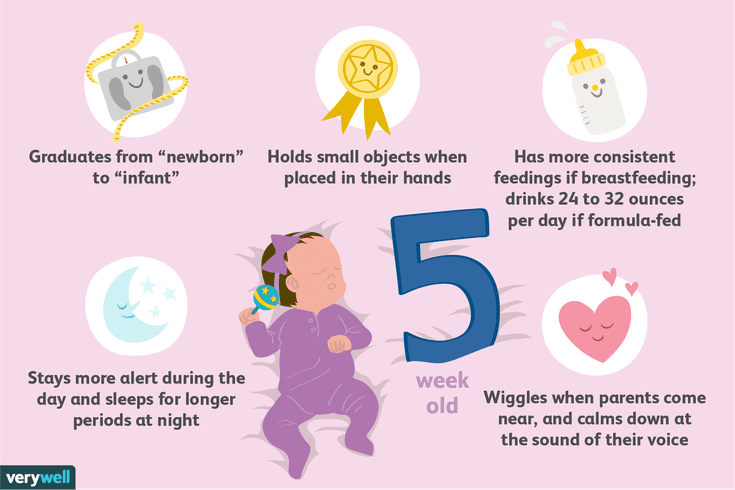
 This will disappear a few weeks before delivery. The length from the crown of the head to the sacrum is about 35.5 cm. The weight is approximately 1135 g. Under the weight of the growing belly, the posture begins to change - the back gradually deviates back, a proud gait appears. Bending the back in the spine entails not only a change in posture, but also the appearance of pain in the lower back.
This will disappear a few weeks before delivery. The length from the crown of the head to the sacrum is about 35.5 cm. The weight is approximately 1135 g. Under the weight of the growing belly, the posture begins to change - the back gradually deviates back, a proud gait appears. Bending the back in the spine entails not only a change in posture, but also the appearance of pain in the lower back. 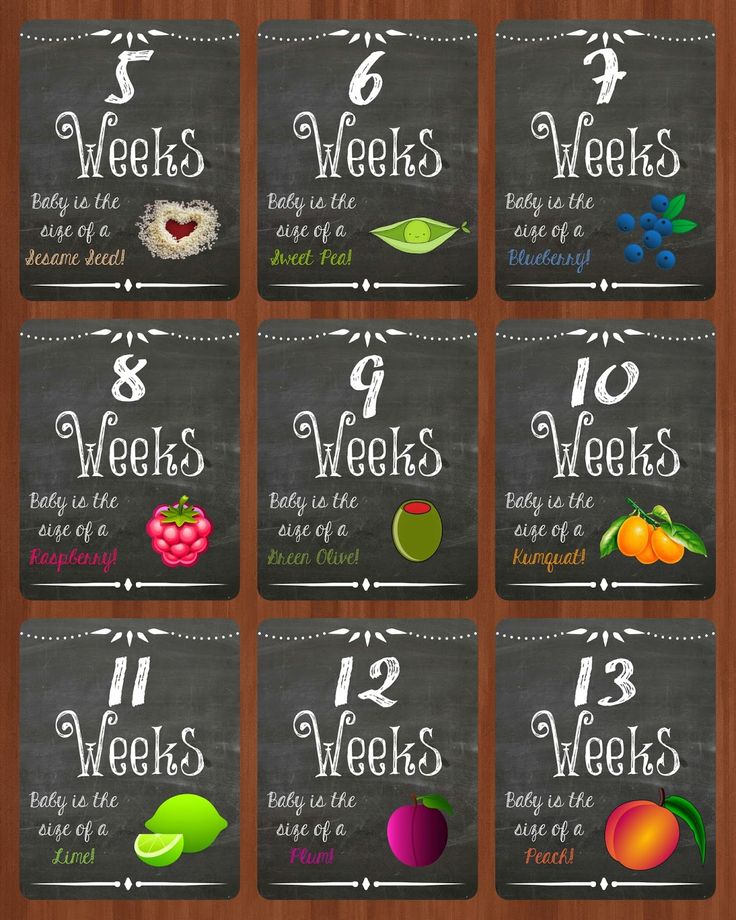 He has already learned to more or less regulate his own body temperature. His immune system kicks in. The teeth are still hidden in the gums, but enamel has already appeared on them. The length from the top of the head to the sacrum is about 26 cm. Weight is about 1250 g. To reduce discomfort, I try to monitor my posture, nutrition and, of course, rest more.
He has already learned to more or less regulate his own body temperature. His immune system kicks in. The teeth are still hidden in the gums, but enamel has already appeared on them. The length from the top of the head to the sacrum is about 26 cm. Weight is about 1250 g. To reduce discomfort, I try to monitor my posture, nutrition and, of course, rest more.  Physical exercise helps me properly prepare for childbirth.
Physical exercise helps me properly prepare for childbirth.  His nervous system continues to develop, and when light hits his face, the pupils constrict; the surface of the brain is cut through by convolutions; the head has become more proportional to the body, and other organs are developing. The uterus continues to grow, the discomfort intensifies.
His nervous system continues to develop, and when light hits his face, the pupils constrict; the surface of the brain is cut through by convolutions; the head has become more proportional to the body, and other organs are developing. The uterus continues to grow, the discomfort intensifies. 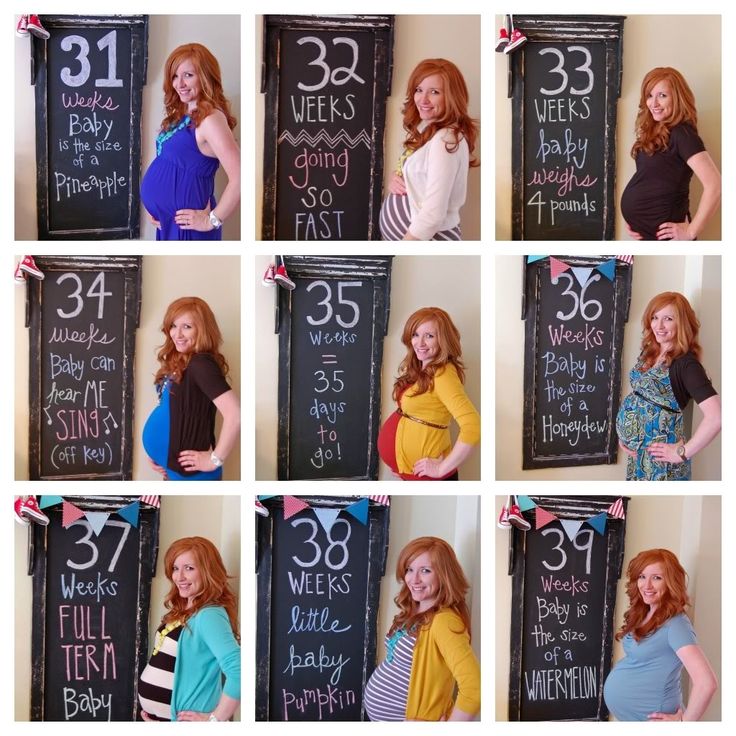
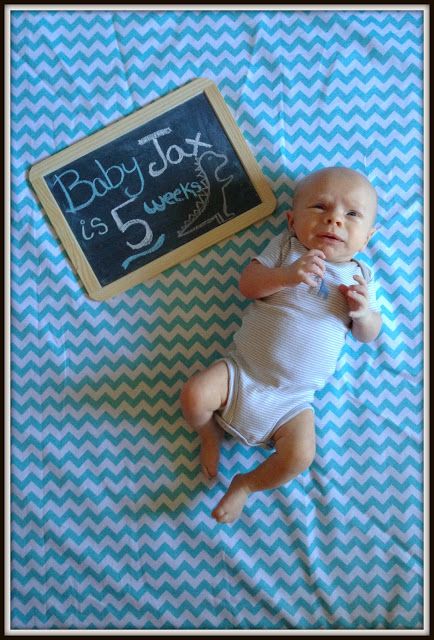 The development and improvement of internal organs continues. The length from the crown to the sacrum is about 45.4 cm. The weight is about 2550 g. It became easier for me to breathe as the child began to sink, and the pressure on the diaphragm decreased.
The development and improvement of internal organs continues. The length from the crown to the sacrum is about 45.4 cm. The weight is about 2550 g. It became easier for me to breathe as the child began to sink, and the pressure on the diaphragm decreased. 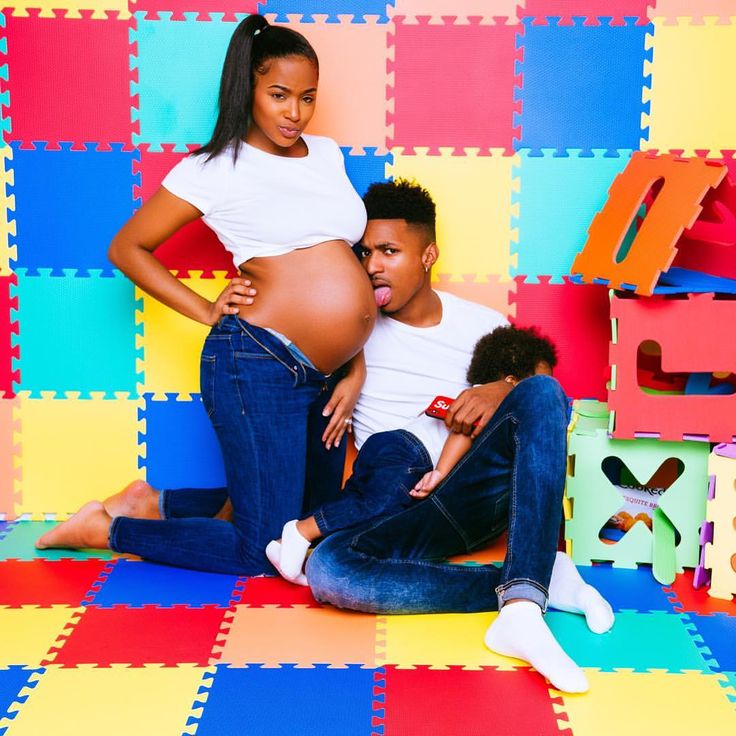 Now the child is fully developed and ready to be born. However, this does not mean that it stops growing and developing. His height is about 49see Weight - approx. 2950
Now the child is fully developed and ready to be born. However, this does not mean that it stops growing and developing. His height is about 49see Weight - approx. 2950  The respiratory system is the last to develop. This is the last week before giving birth, and yet, the little one continues to "get fat". There isn't enough room for him, it's cramped in my tummy. He, too, is tired and is preparing to be born. Childbirth can begin at any time.
The respiratory system is the last to develop. This is the last week before giving birth, and yet, the little one continues to "get fat". There isn't enough room for him, it's cramped in my tummy. He, too, is tired and is preparing to be born. Childbirth can begin at any time. 